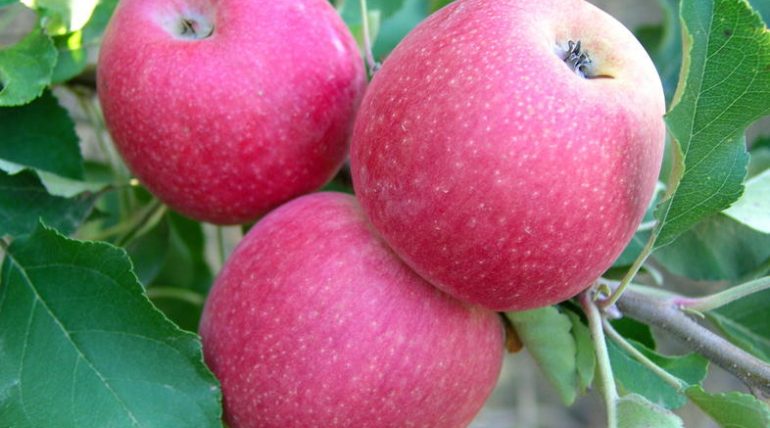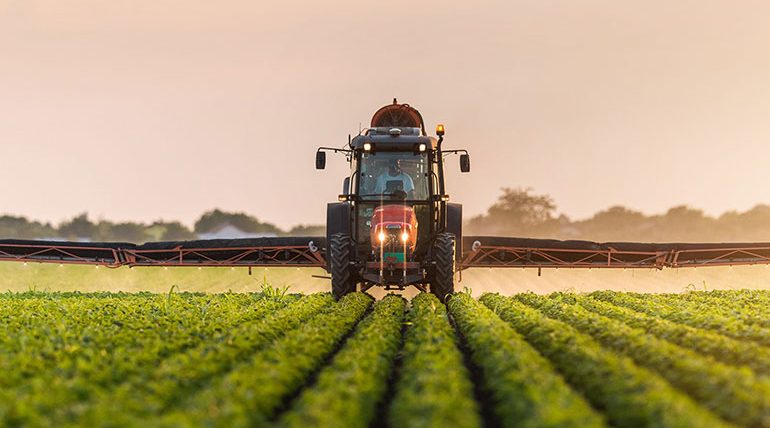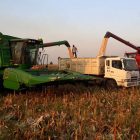Some very exciting developments in recent months from the farms managed by reap in South Sudan. The first commercial-scale plantings of soybeans in 2020 yielded well beyond expectations, and with no in-country post-harvest processing capacity available, we had to look towards exports of the surplus production to neighbouring Uganda. These were almost certainly the first significant exports of agri-commodities in the 10 year history of this frontier nation.
Soybeans are a great plant, not only due to their unique chemical composition with around 38% protein, 20% oil, and amino acids essential for balanced feed rations to pigs and chickens, but by inserting it into a crop rotation, it creates on-farm agronomic advantages too.
With their high nutritional value, soybeans also play a key role in human nutrition. They are rich in essential amino acids, in poly-unsaturated fatty acids, vitamin B, fibre, calcium, selenium, magnesium, manganese, iron and zinc. Being high in vegetable protein, vegetarians can utilise them directly as a high-quality protein source.
Due to their highly favourable carbon-nitrogen (C:N) balance, soybeans can play a critical role in a diversified crop rotation. Such crop rotations favour enhanced soil fertility, improved soil structure, and increased crop yields as a result of leaving residual nitrogen in the soil. Under a no-tillage regime a soybeans rotation greatly reduces soil erosion, shows positive benefits in pest and disease management, and reduced impact of weeds.
A unique feature of all legumes is the symbiotic nitrogen fixation. This is a symbiosis between the plants and rhizobia bacteria in plant root nodules that gives ready access to all that “free” nitrogen in the atmosphere, rendering it into a plant-available form to benefit the current legume and subsequent non-legume crops in the rotation. Crop rotations improve biodiversity, contribute to resource savings, and enhance profitable and sustainable agricultural production.
Of the four major food grains crops in the world—maize (corn), rice, wheat and soybeans—the latter is especially interesting. Over the past 50 years, the average year-on-year increase in worldwide production of these four crops has reflected the following metrics: Maize (corn) = 2.8% p.a. increase; Rice = 1.85% p.a.; Wheat = 1.65% p.a.; and Soybeans = 4.5% p.a. (increasing from just 40 million metric tonnes in 1970 up to 360 MMTs in 2020). Soybeans are the primary protein source for a world increasingly “hungry” for protein, either directly in the form of vegetable protein, or indirectly as the major protein component for intensive animal feed rations to pigs and poultry.
The challenge (and the opportunity!), now before us is to establish profitable production of soybeans in this region when sub-Saharan Africa currently produces just 0.8% of the total world production from crops that yield only 35% of the worldwide average. The 2020 season soybean crop results from the South Sudan farms under reap management with yields at 90% of the current world average provide great encouragement for the future opportunities in East Africa.






Recent Comments